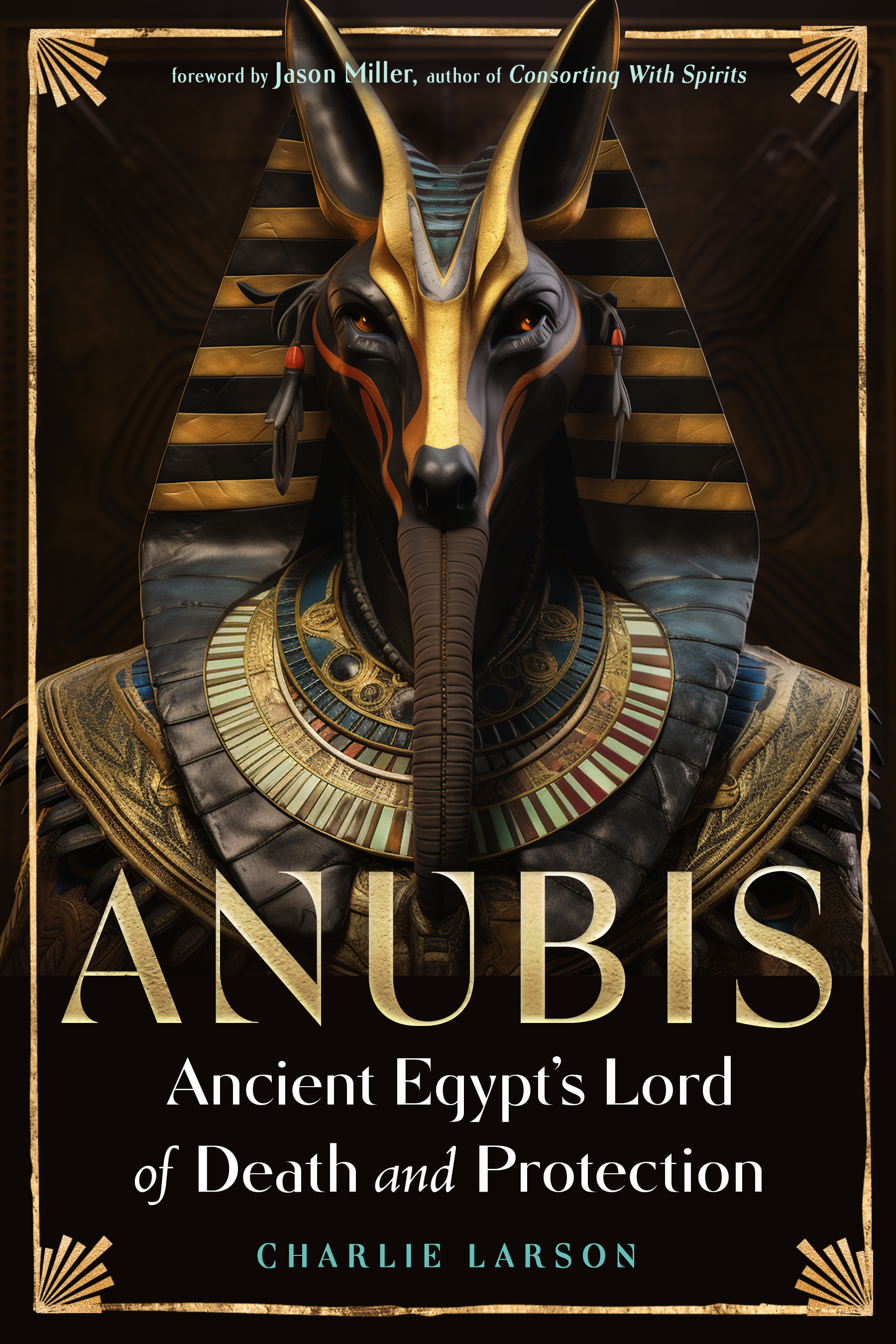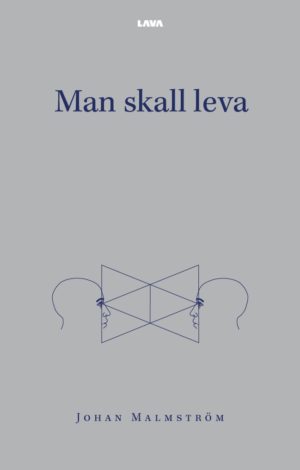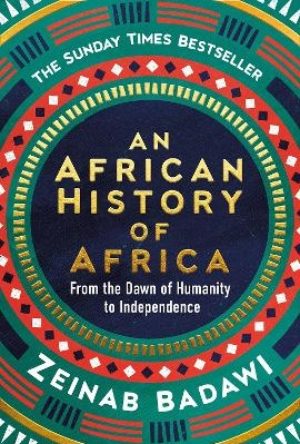
Anubis—Ancient Egypt’s Lord of Death and Protection
Anubis—Ancient Egypt’s Lord of Death and Protection
Kategorier: Ande, kropp och själ Filosofi och religion Forntida religioner och mytologier Forntidens historia Hälsa, relationer och personlig utveckling Historia Historia och arkeologi Mystik, magi och det ockulta Religion och tro
Anubis is among the most recognizable gods of ancient Egypt. His image has become a symbol of ancient Egypt, but who is he? Is Anubis a relic of the past, or is he actively venerated now? Author Charlie Larson, a longtime priest and devotee of Anubis, answers these questions and more. Portrayed as either a black jackal or as a jackal-headed man, Anubis is Egypt’s original Lord of the Dead. That title was eventually transferred to Osiris, but even then, Anubis continued to be the most active participant in the after-death process, supervising rituals that determined what would befall the dead soul, and he is credited as the inventor of mummification. Anubis’s domain extends beyond death, however; he is also a guardian of children and travelers and a finder of lost things. As the goddess Isis, Anubis’s adopted mother, became popular outside Egypt, with temples in Rome and extending as far as the British Isles, Anubis, her guardian, traveled with her. He is as modern as he is ancient—appearing in comic books, video games, and in Neil Gaiman’s book American Gods and its television adaptation. (He’s Mr. Jacquel.)
Anubis was among the most significant gods of ancient Egypt. An Anubis shrine was discovered within the tomb of King Tutankhamen. In modern times, Anubis has emerged as a sacred patron of mediums and occultists. It’s widely believed that his image is among the two canines found on the tarot Moon card.
Long overshadowed, at least in books, by Egyptian goddesses such as Isis and Sekhmet, Larson’s book focuses the spotlight squarely on the jackal-headed god. His book features history and mythology but is also a practical guide to working with Anubis now. It features devotional practices and modern worship that includes rituals, prayers/invocations, correspondences, altars, and epithets. The book leads the reader on a journey of exploration into all things Anubis, exploring his various facets, including death deity, psychopomp, and protector. Each chapter concludes with a reflective journal prompt that matches the theme of that chapter.






